The New Motorola Moto X (2nd Gen) Review
by Joshua Ho on September 17, 2014 9:00 AM EST- Posted in
- Smartphones
- Motorola
- Android
- Mobile
Software
By now, most people are probably familiar with Motorola’s new strategy. Instead of focusing upon differentiating their user interface with a visual redesign and custom applications to replace almost every function, Motorola has stuck with the UI that we see in Nexus devices and any build on Android Open Source Project (AOSP). Instead, Motorola is focusing upon adding value with applications that add functionality and don’t really deviate from the established design language. Motorola claims that this improves performance and also the rate at which they update their phones. While the former is definitely true when comparing to some of the heavier UIs, it’s not necessarily true with all OEM skins. The latter seems to be true all of the time though, as so far with this strategy Motorola has been one of the first to release new Android OS updates.
Of course, we need to go over the value additions that Motorola has made to the software. There are a few key applications that we see in the new Moto X, namely Connect, Motorola Migrate, and Moto Assist. There’s also Spotlight, but that application is more about fun and some interactive stories. The other application that only needs a sentence to explain is the equalizer, which works for both the speaker and headphone jack. In the interest of not wasting everyone’s time, we’ll talk about Connect first. While one aspect of it is to control the Moto 360 and Power Pack Micro, the differentiating aspect is to act as a way to send and receive text messages through the computer. In addition, this application allows for a computer to remotely ring the connected Moto X and also track call logs.
While these features are nothing new and can be found in the form of Airdroid on the Play Store, the difference is the polish that this feature has. The interface is clean and fast, and feels like a native application. It just works, which is surprisingly rare with some of the features that I see on smartphones. It works through WiFi and cellular data, and is tied to a Motorola or Google account, so the initial setup is the only area that takes any amount of time.
Motorola Migrate is decidedly more mundane, and is simply a solid way to transfer data from another smartphone running iOS or Android to the new Moto X. Interestingly enough, it also provides a method for transferring information from the Moto X to another phone. While I don’t really have any need for such an application, it would definitely be great for anyone new to Android as it would be an easy solution.
Moto Assist rounds out the Moto app suite and provides great functionality, although Moto Assist requires high accuracy location to be on all the time to function properly. By using data such as time, calendar events, and location, Moto Assist will change settings on the phone. For example, by default the phone will automatically be silenced and Moto Display will be turned off between 11 PM and 6 AM. If the phone detects that you are driving, it will start playing music over Bluetooth or the headphone jack and read text message aloud. It also will announce the caller ID for incoming calls. The final two profiles are home and meeting, and the former is simply the driving profile without music options and the latter is the sleep profile with auto-reply instead of shutting down Moto Display.
Needless to say, it’s a convenient feature. However, I have to question the wisdom of using GPS data as it would require a great deal of monitoring in order to work reliably, which would hurt battery life. At any rate, these features work as advertised.
Overall, I think Motorola has added some decent software features, but most of their differentiation comes from the integration of software and hardware. While Motorola has set themselves apart from the other OEMs by not skinning Android at all, they face direct comparison to the Google’s Nexus line as the experience is so similar. While stock Android is great in some ways, I also personally feel that it’s a bit user unfriendly as some functionality just doesn’t work as expected. The quick settings drawer is a great example of this, as some buttons will toggle on long press and others will toggle on a short press. The contrast of both dark and light themed applications is irritating as well, although Android L will go a long way to fix all of these complaints.
At any rate, most of these issues are nitpicking. Anyone that actually buys this phone will find a great software experience. While OEM UIs have the potential to add to the Android experience, for the most part the major reskins tend to detract from the experience rather than adding to it. Motorola has done a great job by adding to it, even if they don’t add as much as I’d like. I really do hope that the launch day OTA fixes a lot of the issues I've encountered, as there's noticeable levels of general bugginess.


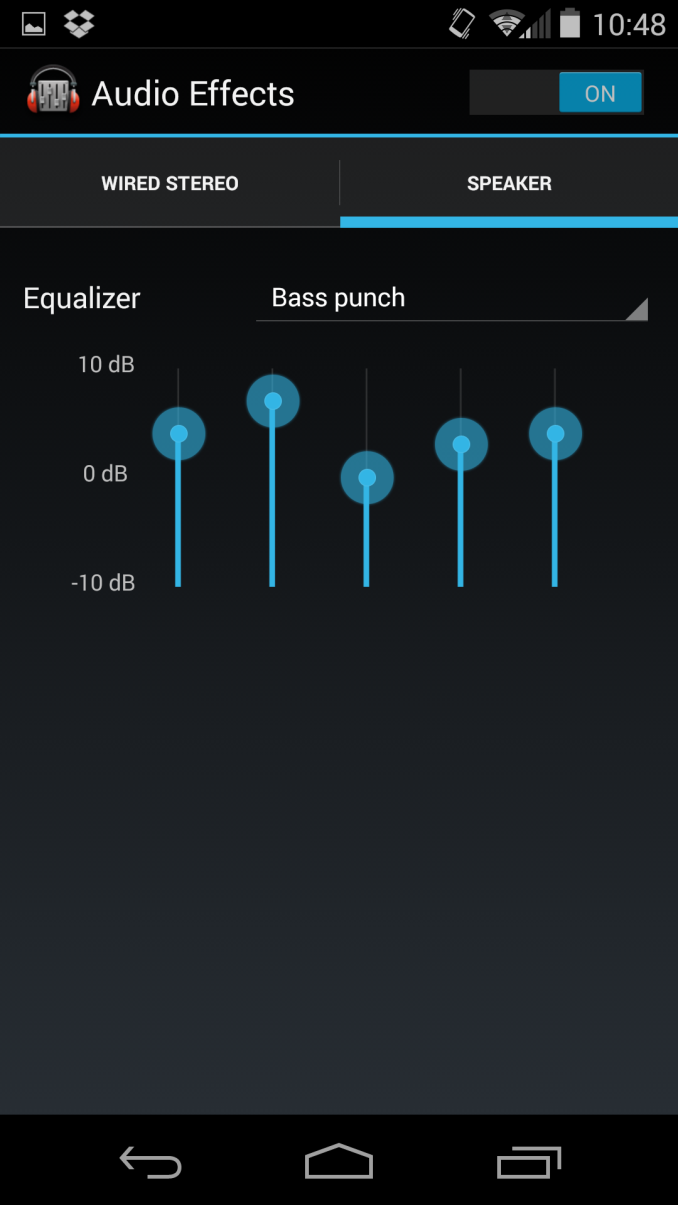
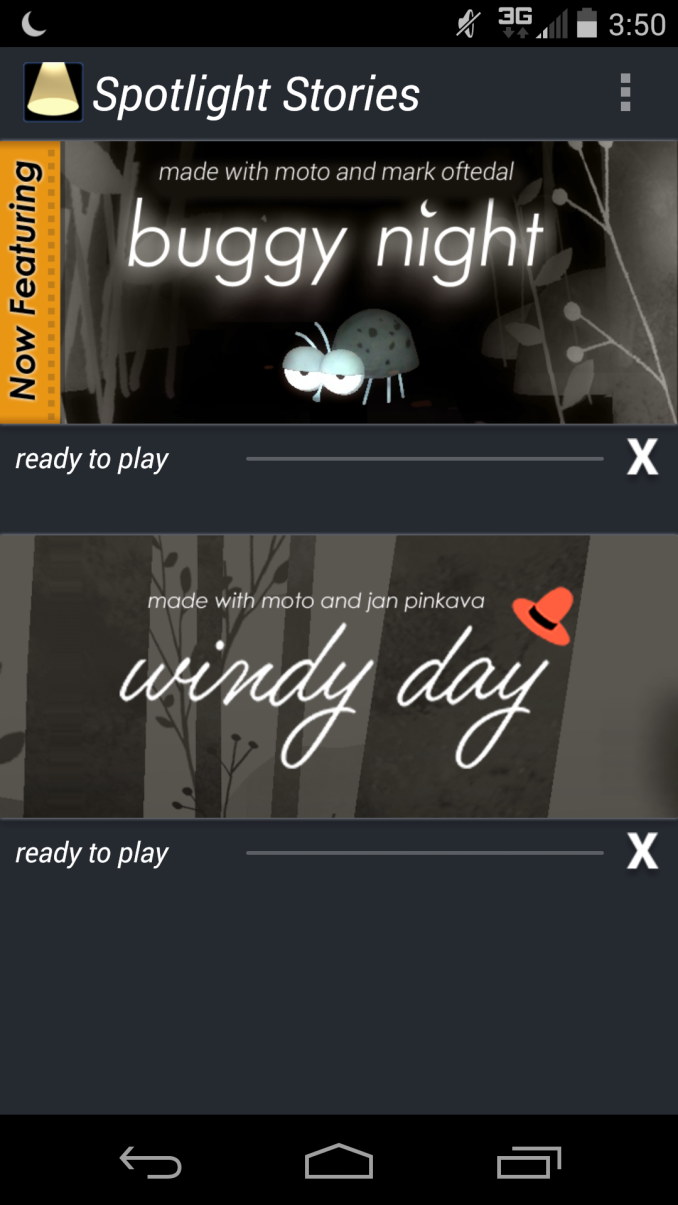
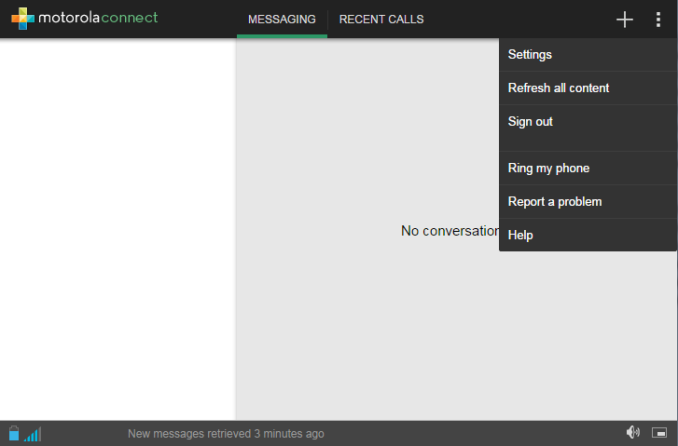
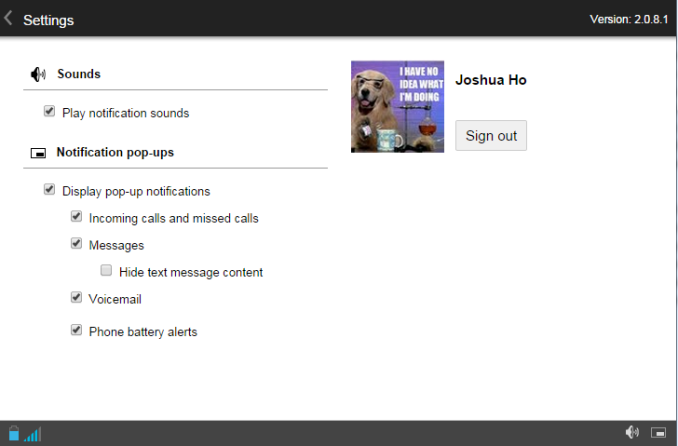
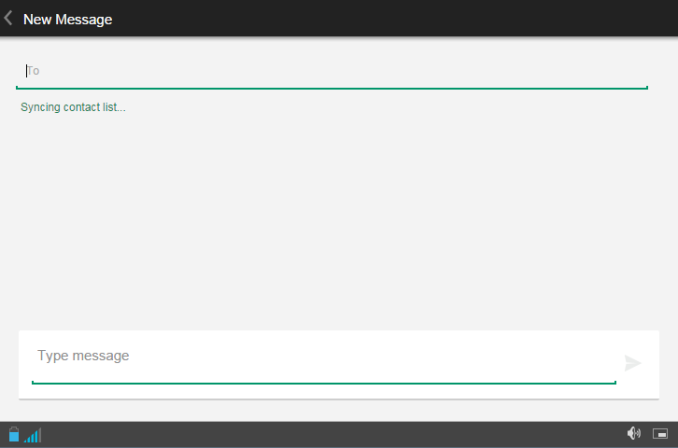
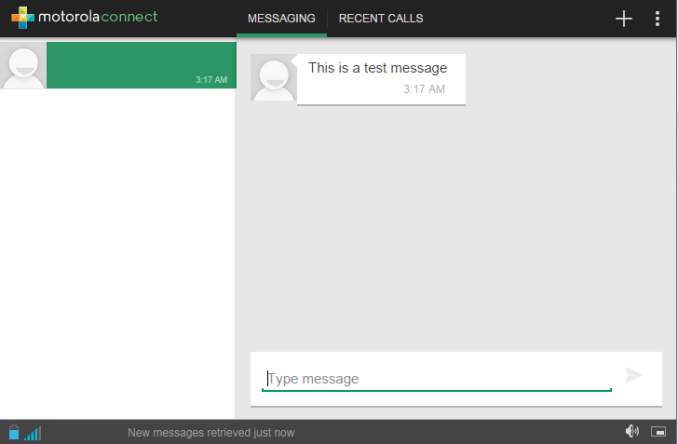
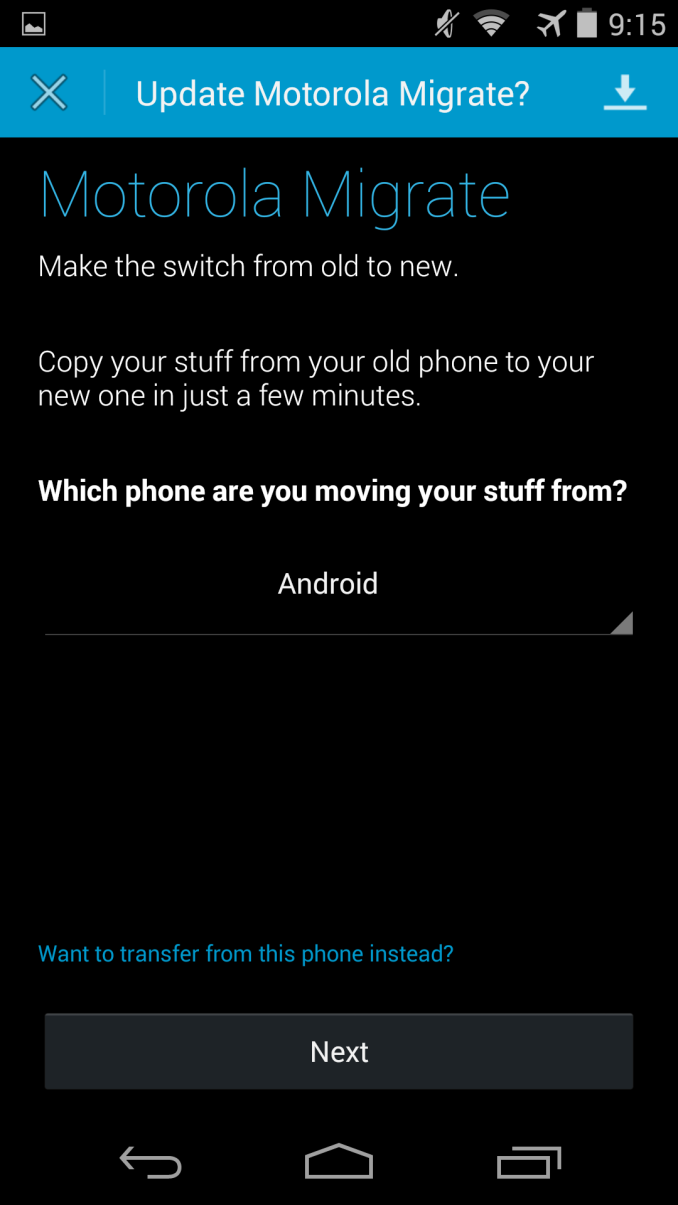
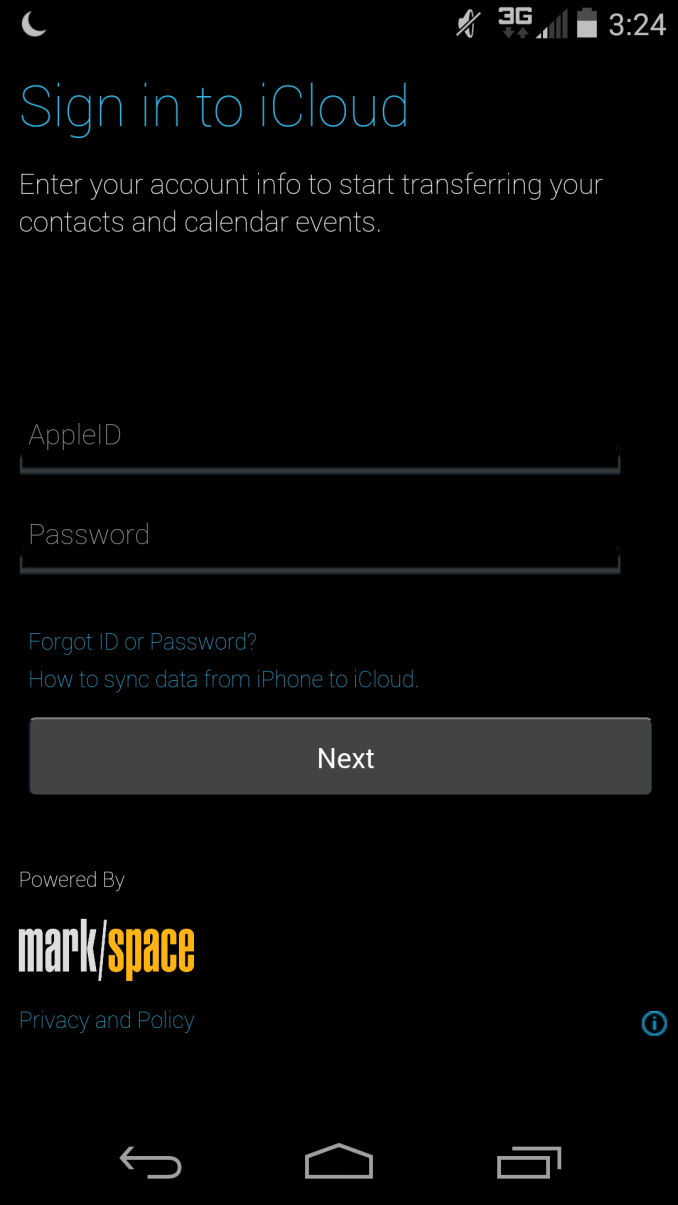
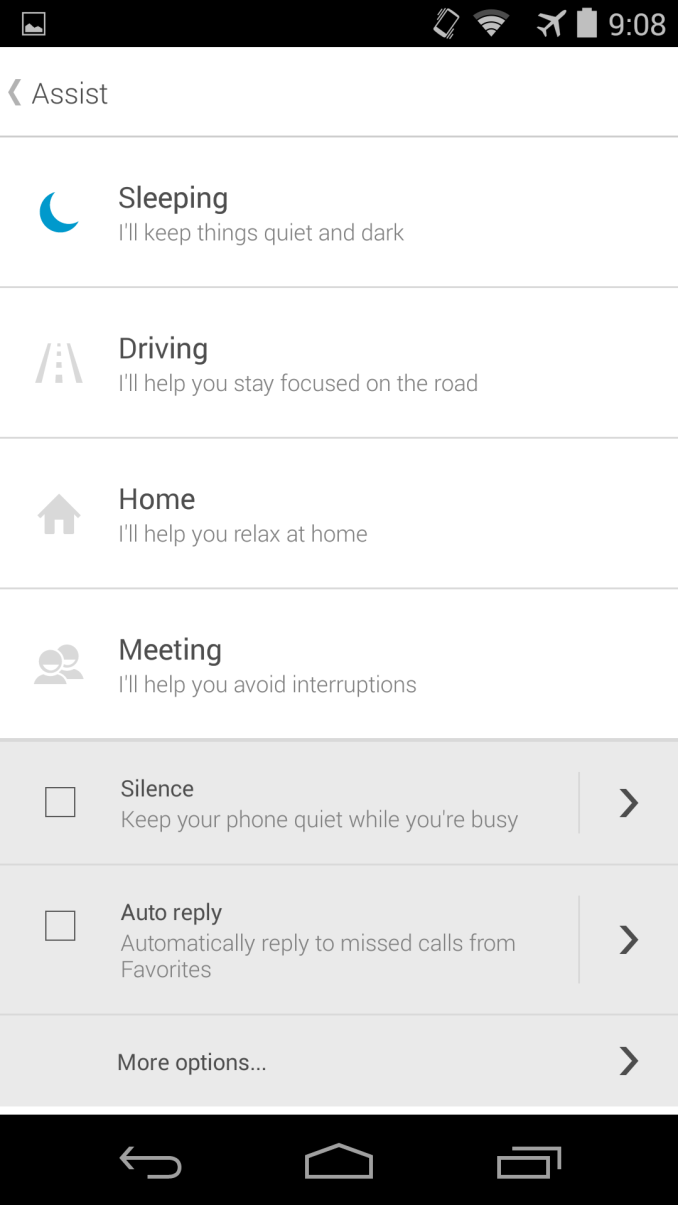
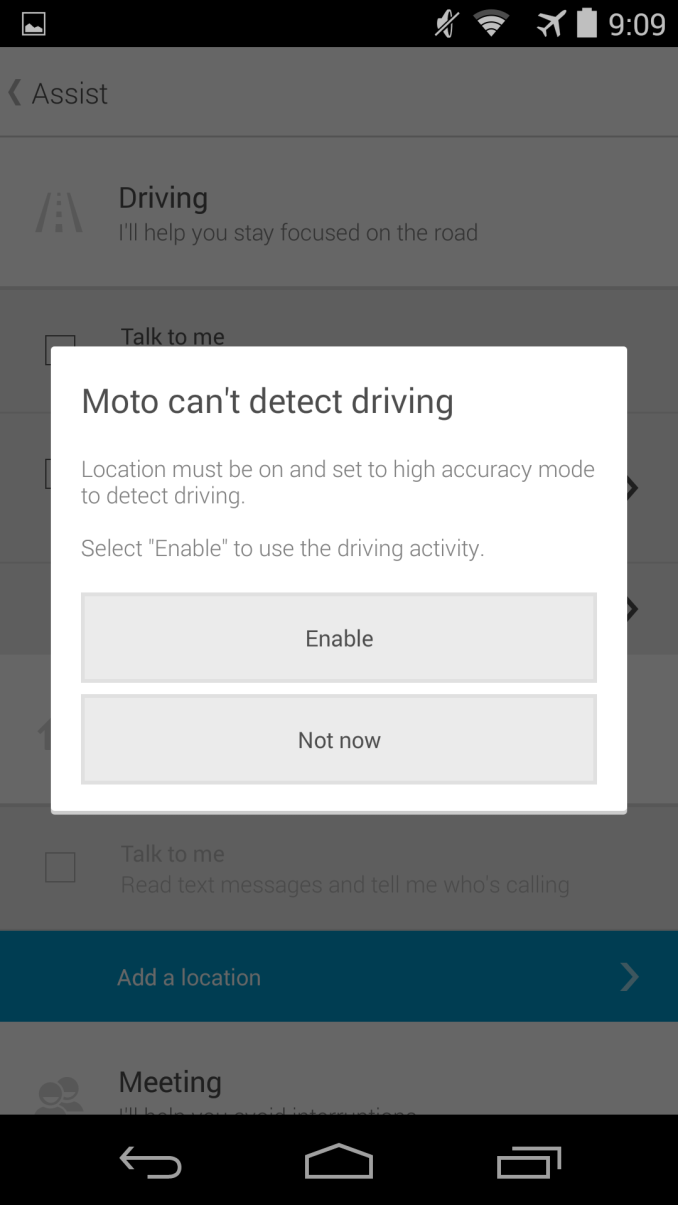
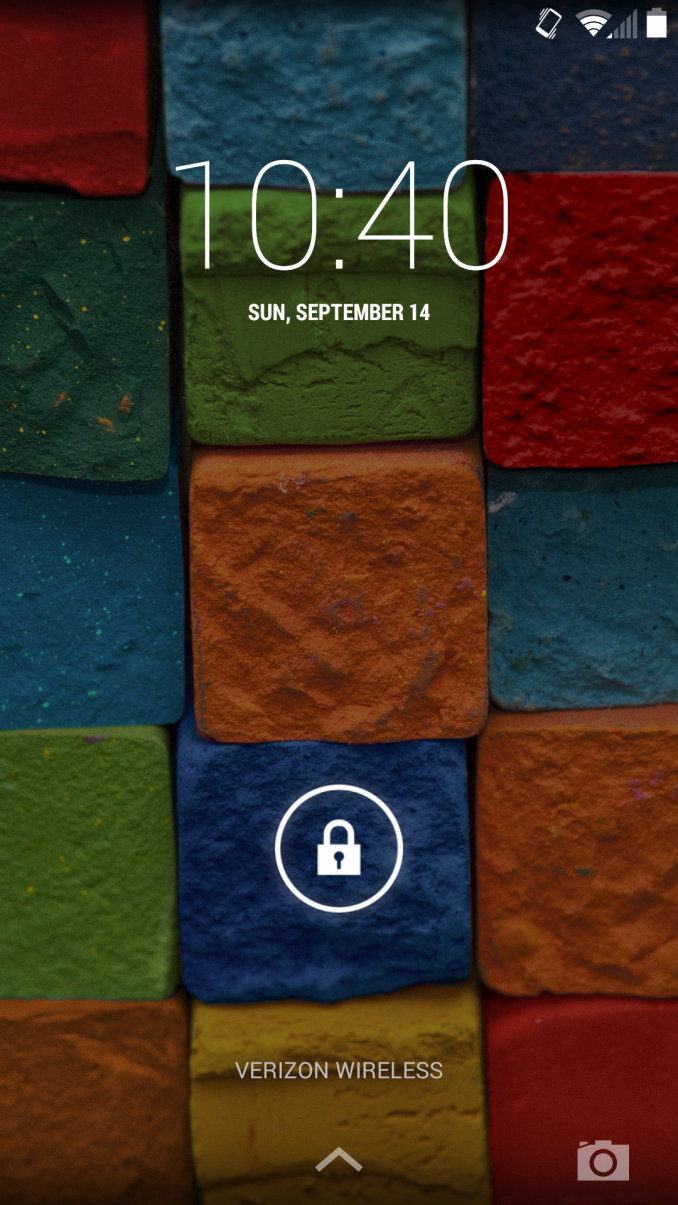
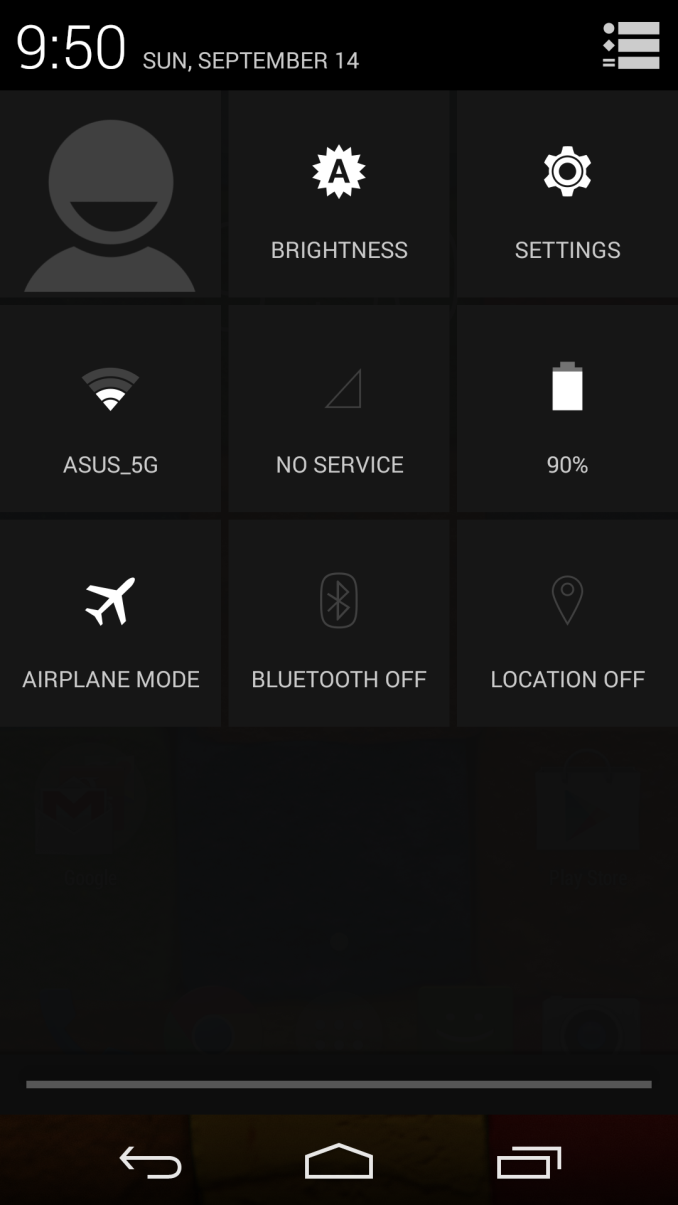








179 Comments
View All Comments
Alexvrb - Thursday, September 18, 2014 - link
Yeah the RAM and the CPU aren't that big of a deal to me, but if you're going to delete the mSD slot then your base model should be 32GB with a 64GB version as the upgrade.gg555 - Wednesday, September 24, 2014 - link
I agree. These days 16 Gb is a joke (which works out to more like 10 or 11 GB, once you account for the space the system takes up). These are multimedia devices. Once you start taking photos and video, downloading music and podcasts, doing some backups with Titanium or whatever, 16 GB really doesn't cut it. I struggle with this all the time on my Nexus 4.gg555 - Wednesday, September 24, 2014 - link
And they always want you to use the cloud as the solution to this problem. Seriously? Obviously they cannot possibly be ignorant about people having data caps on their plans. Not everyone can afford an unlimited plan. Or maybe this is just their way of colluding with the carriers to push people into more expensive plans. Anyway, the could is not a serious solution for a technology that has inherent network bandwidth issues.xaml - Saturday, September 27, 2014 - link
And security issues, which then reveal underlying issues with privacy, exhibitionism and respect. Not to mention the question of reliable access. And could it even be that data over radio is consuming more power than data over few or costly internal memory, respectively neglected external memory?erikiksaz - Tuesday, September 23, 2014 - link
Unlike Amazon, they're actually trying to make money off the hardware, hah. And I'm sure the cooling solutions for something of a tablet-sized form factor is much easier to tackle than on a smartphone.1080p on a 5.2 inch screen still results in a visible difference over 720p. 1440p, not so much.
bigstrudel - Thursday, September 18, 2014 - link
It's clearly the stock kernel which reduces battery runtimes on ALL nexus devices.julianocas - Thursday, September 18, 2014 - link
peGGi - Friday, September 19, 2014 - link
Kudos to Motorola for the impressive engineering that went into the metal-band-as-antenna. I like that about Motorola, that they put time and effort into things that users may not immediately notice, but should definitely improve the everyday quality of the experience of using a phone for its primary use - to make calls. But........ the metal band ruins the design, compared to X Gen 1, sadly. Screen-plate aside, the casing now seems to consist of 3 parts rather than 2. I loved the slopey, curviness of the first gen, and the way that the backplate curved round the sides, and met the front plate in the middle. That unity of design is gone now, and this second gen looks a bit awkward imo. The front and back of the phones don't match that well anymore. There was a lovely overall unity in aesthetic to the first Gen, which has been broken on the 2nd.
I also agree with the commenters that it is too big. Just like the S5, G3, and One M8 are all too big. For my very average sized male hands, the Gen One's ergonomics were perfect.
Sensors at the top on the front, especially on white model, look messy. Could they not all have been put behind one, long translucent black strip, along with the speaker grille, or something like that? Or tidied up a bit better?
I think Motorola would've been better sticking to the compact, ergonomically wonderful design of Gen 1, but with improvements to the internals (camera, SoC, colour accuracy, battery life). They'd have a great performing phone that fits better in the hand than all their rivals, for a lower cost than their rivals.
And then it would make sense to have a 5.5inch-ish size 'phablet' too, big screen, big tricks, etc. They'd be competing just above and just below the S5 and I'd say they'd rip chunks out of the market that way.
It looks like the Gen 1 is gonna go down as a classic, flawed and all as it was.
Harry_Wild - Friday, September 19, 2014 - link
I agree with your remark on the Moto X 2014! It much bigger then the Moto X which is great feeling and the right size for me small hands. But I am surprise Motorola went to a much larger size too! Motorola should of made the Moto X 2014 the same size; and they have the Moto G - 5" for anyone wanting a larger model. That would have been perfect decision. I going to the Apple store and looking at the 4.7" iPhone 6!dsouza - Friday, September 19, 2014 - link
@Harry_Wild, the new iPhone 6 (5.44 x 2.64in) is just marginally smaller than the Moto X 2014 (5.54 x 2.85)! So, if you believe that the new Moto X is too big for you, probably the new iPhone 6 will be so!